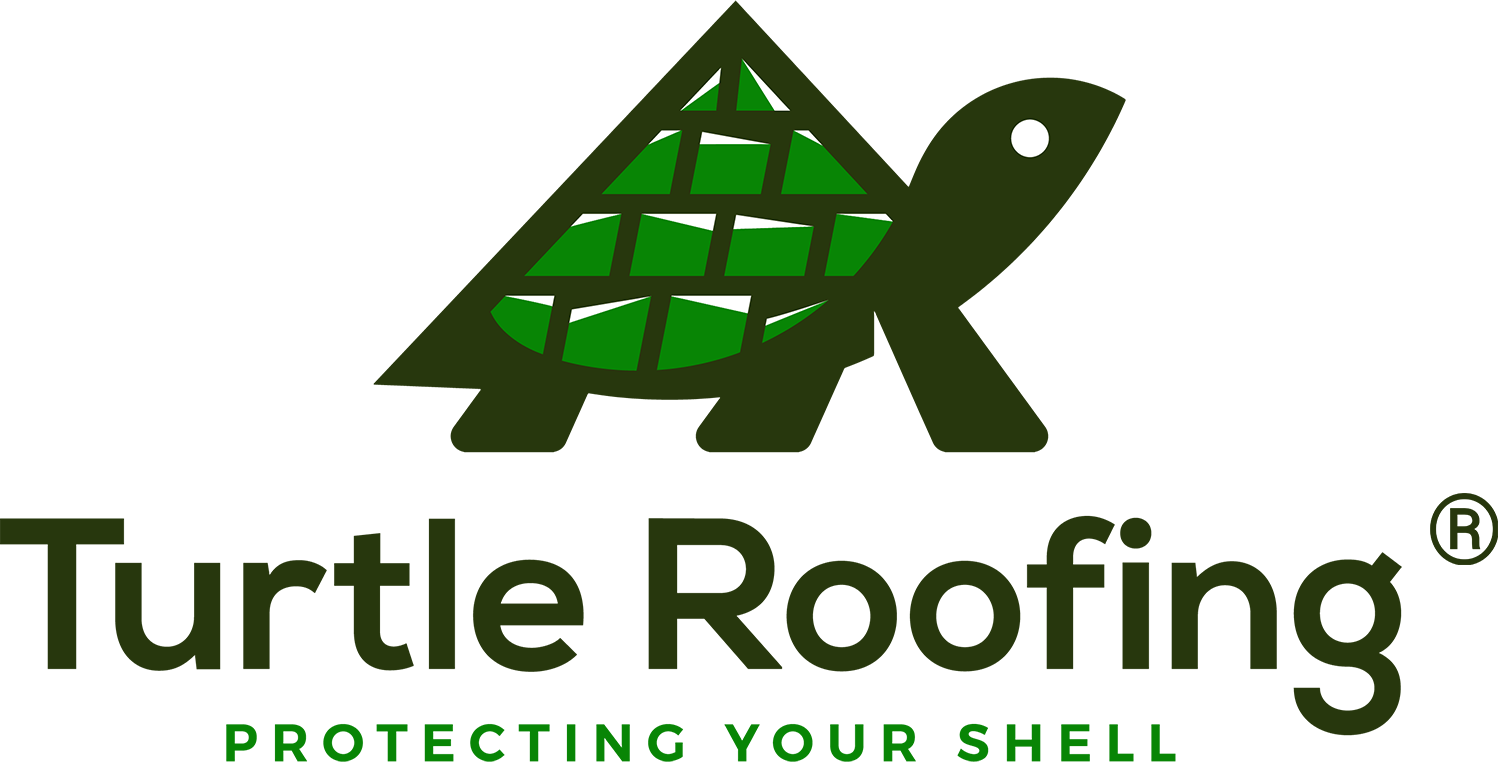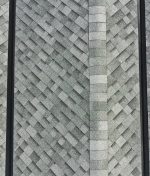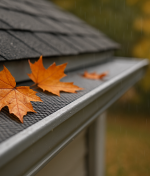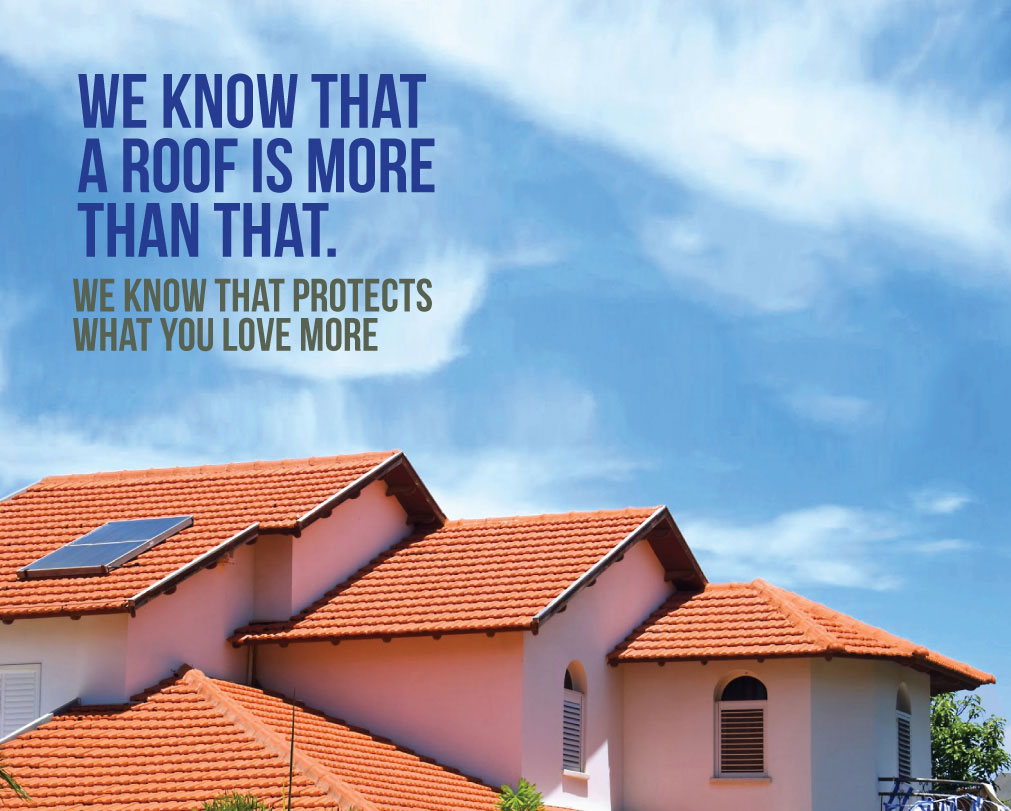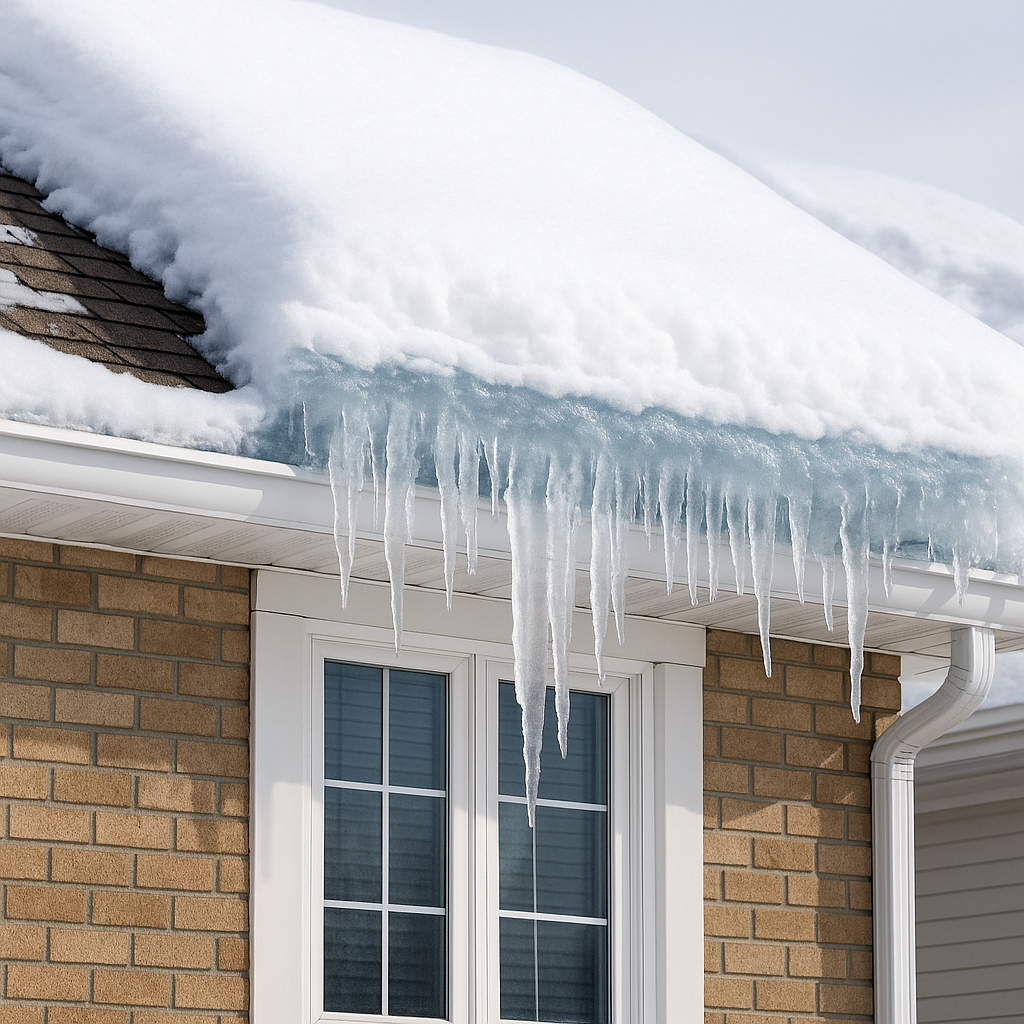
Nebraska and Iowa winters bring steep temperature swings. One day you see sunshine and thirty five degrees, the next a wind chilled blizzard. These rapid shifts melt rooftop snow in the afternoon and refreeze it at night. The result is an ice dam, a ridge of solid ice that traps meltwater on your shingles. Left unchecked, dams force water under shingles and behind fascia boards, staining ceilings and saturating insulation.
The good news: homeowners can avoid most ice dams with a mix of attic upkeep, rooftop habits, and timely maintenance. Use the ten tips below to prevent ice dams Nebraska residents dread each January. Then schedule a free winter check with Turtle Roofing so we can confirm your roof is ready for deep freeze season.
Ice dams do not require heavy snow. A single six-inch snowfall followed by sunny days and freezing nights is enough to create damage.
1. Insulate the Attic Floor Properly
- Recommended R-value in eastern Nebraska is R-49 or higher
- Spread loose fill insulation evenly to avoid low spots
- Seal gaps around electrical boxes and recessed lights
Uniform insulation keeps attic temperatures closer to outdoor temperatures, reducing melt on the roof deck.
2. Ensure Balanced Attic Ventilation
| Vent Type | Location | Goal |
|---|---|---|
| Intake vent | Soffit | Draw cool air in |
| Exhaust vent | Ridge or gable | Let warm air escape |
Balanced ventilation is a core tactic to prevent ice dams Nebraska homeowners struggle with every winter. The target ratio is one square foot of net free vent area for every 300 square feet of attic floor when a vapor barrier is present.
3. Add Baffles at Soffits
Cardboard or foam baffles keep insulation from blocking intake vents so airflow stays unobstructed even when attic insulation is deep.
4. Monitor Indoor Humidity
- Aim for 30–40 percent indoor humidity in winter
- Use bathroom and kitchen exhaust fans during long showers and cooking
- Vent clothes dryers to the exterior, never into attics or crawlspaces
Moist interior air that leaks into attics warms the roof deck from below and accelerates snowmelt.
5. Clear Roof Valleys After Snowfalls
A roof rake with an extension handle lets you pull snow three to four feet up the slope without climbing. Less snow means less meltwater to refreeze at the eave edge.
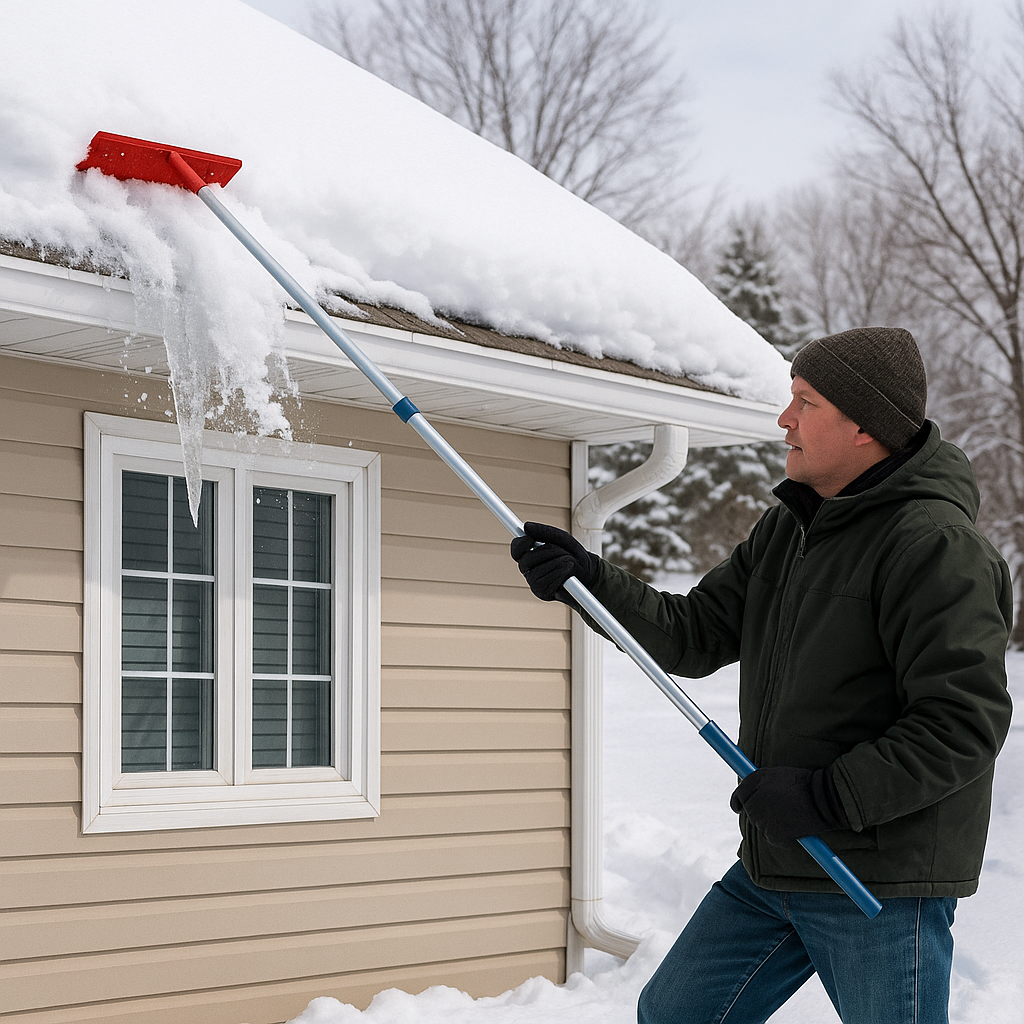
6. Keep Gutters Clean Before the First Snow
Leaves and twigs trap water that turns into ice blocks. Clean gutters in late fall so meltwater can flow freely off the roof.
7. Seal Attic Bypass Leaks
Common sources include unsealed attic hatches, plumbing vent stacks, wiring holes, and HVAC penetrations. A can of spray foam tackles most gaps in minutes.
8. Install Ice & Water Shield on Vulnerable Eaves
Local building codes require at least two rows of shield on low sloped roofs or when finished space sits below. If your home predates this rule, adding shield during your next reroof offers critical protection.
9. Use Heat Cables Strategically
Heat tape along the lower three feet of eaves melts channels through forming ice dams. Plug cables in after heavy snowfall and unplug once meltwater drains. Use as a backup, not a substitute for ventilation and insulation.
10. Schedule a Winter Roof Tune-Up
A Turtle Roofing winter check includes:
- Visual inspection of shingle edges for lift or curl
- Fastener and flashing check at gutters and valleys
- Attic look through to verify insulation depth and airflow
- Debris removal in gutters and downspouts
Early December is the sweet spot: after leaves have fallen and before deep snow makes roof access risky.
Why Ice Dams Form Faster Here
| Factor | Local Impact |
|---|---|
| Rapid freeze thaw cycles | Snowmelt refreezes nightly |
| Steep roof pitches on newer homes | Meltwater runs quickly to cold eaves |
| South facing dark shingles | Absorb more sun, speeding thaw |
Prevention Beats Repair Every Time
| Task | Cost | Typical Payback |
|---|---|---|
| Add R-38 attic insulation | $1,200–$1,800* | Energy savings in 3–4 winters |
| Install ridge vent | $600–$900* | Longer shingle life and fewer ice dams |
| Gutter cleaning | $150–$250* | Stops overflow stains and fascia rot |
*Dollar amounts are estimations and depend on a variety of factors.
Repairing ceilings and insulation after an ice dam can exceed $3,000, making prevention the smart investment.
Why Choose Turtle Roofing
- Free, no obligation winter roof evaluation
- More than 2,000 projects completed in Nebraska and Iowa
- Local crews trained for cold weather safety
- Honest guidance: if your attic already meets code, we will say so
Ready to Winter Proof Your Roof?
Contact Turtle Roofing today. We will confirm that your insulation, ventilation, and roof edge are prepared to prevent ice dams Nebraska homeowners face each winter. Peace of mind is a phone call away.
Since 2010 Turtle Roofing has protected shells across Nebraska, Council Bluffs, and nearby communities with genuine care for every homeowner.
